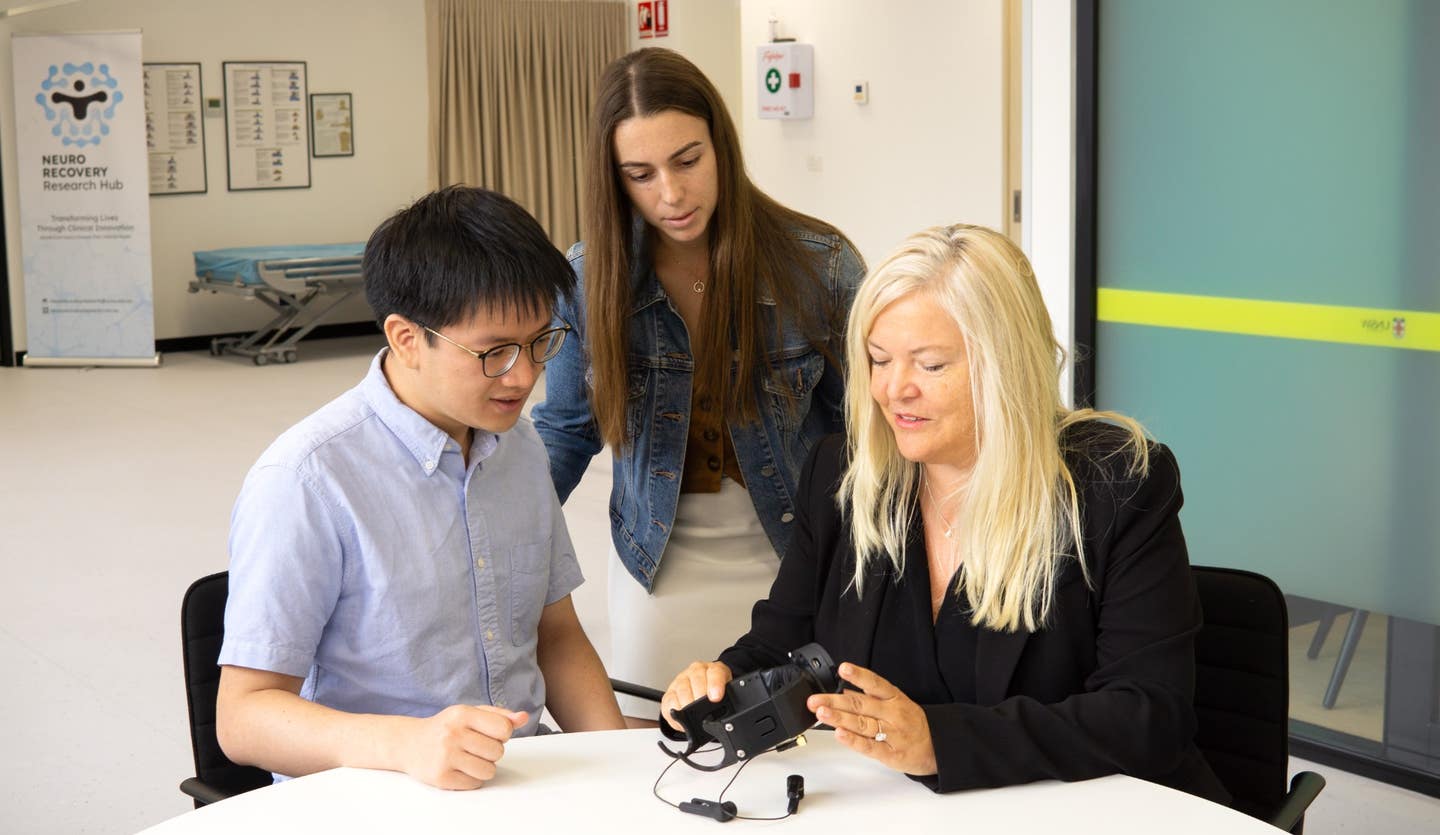Scientists discover what drives humans to lend a helping hand
Researchers have pinpointed a specific brain region that governs our willingness to help others.

Researchers have pinpointed a specific brain region that governs our willingness to help others, shedding light on how the brain processes 'helping' decisions. This discovery, crucial for tackling global challenges and treating social interaction disorders, highlights the importance of the ventromedial prefrontal cortex (vmPFC) in prosocial behavior.
Understanding where and how 'helping' decisions are made in the brain is vital for addressing significant global issues like climate change, infectious diseases, and international conflicts.
Furthermore, this knowledge is essential for developing new treatments for disorders that affect social interactions. The recent study, published in Nature Human Behaviour by researchers from the University of Birmingham and the University of Oxford, offers groundbreaking insights into the vmPFC's role in prosocial behaviors.
Professor Patricia Lockwood, the lead author of the study, emphasizes the significance of prosocial behaviors. “Prosocial behaviors are essential for addressing global challenges. Yet helping others is often effortful, and humans are averse to effort. Understanding how effortful helping decisions are processed in the brain is extremely important,” she explained.
Focus on the Ventromedial Prefrontal Cortex
The vmPFC, located at the front of the brain, is crucial for decision-making and other executive functions.
Previous studies using MRI scans have linked the vmPFC to decisions involving a trade-off between rewards and the effort needed to obtain them. However, MRI techniques cannot determine if a brain region is essential for these functions.
Related Stories
The current study aimed to address this gap by examining the impact of vmPFC damage on prosocial behavior.
Researchers recruited three groups of participants: 25 patients with vmPFC damage, 15 patients with damage elsewhere in the brain, and 40 healthy age and gender-matched controls. This setup allowed the researchers to isolate the effects of vmPFC damage specifically.
Measuring Willingness to Help
Participants engaged in an experiment where they anonymously met another person and then completed a decision-making task. This task measured their willingness to exert physical effort (using a grip force device) to earn rewards (bonus money) for themselves and for the other person. By meeting but not seeing the person they were helping, participants could feel that their efforts had real consequences while eliminating biases based on the other person's appearance.
Participants' choices varied in terms of the amount of bonus money available and the force required to obtain the reward. This variation allowed researchers to separately measure the impact of reward and effort and use advanced mathematical modeling to quantify motivation precisely.
The Role of the vmPFC in Helping Others
The study's results clearly showed that the vmPFC is crucial for motivating individuals to help others. Patients with vmPFC damage were less willing to help, exerted less effort when they did decide to help, and earned less money for others compared to the control groups.
Further analysis using lesion symptom mapping identified specific subregions of the vmPFC linked to antisocial behavior. Interestingly, damage to a nearby but different subregion made individuals more willing to help.
Dr. Jo Cutler, co-lead author of the study, highlighted the potential clinical applications of these findings. “As well as better understanding prosocial motivation, this study could also help us to develop new treatments for clinical disorders such as psychopathy, where understanding the underlying neural mechanisms can give us new insights into how to treat these conditions,” she said.
Implications for Future Research and Education
The vmPFC's role in prosocial behavior has broader implications for understanding human motivation and behavior. Professor Lockwood noted the significance of this brain region's development over time. “This region of the brain is particularly interesting because we know that it undergoes late development in teenagers and also changes as we get older,” she explained. “It will be really interesting to see whether this area of the brain can also be influenced by education – can we learn to be better at helping others?”
By understanding how the brain processes helping decisions, researchers can develop new strategies to encourage prosocial actions and treat social interaction disorders. This research opens new avenues for exploring how education and interventions can influence brain development and improve our ability to help others.
For more science news stories check out our New Discoveries section at The Brighter Side of News.
Note: Materials provided above by University of Delaware. Content may be edited for style and length.
Like these kind of feel good stories? Get the Brighter Side of News' newsletter.



